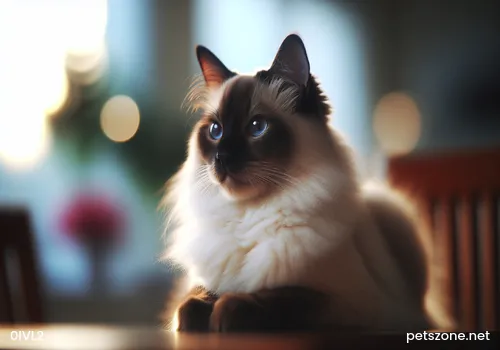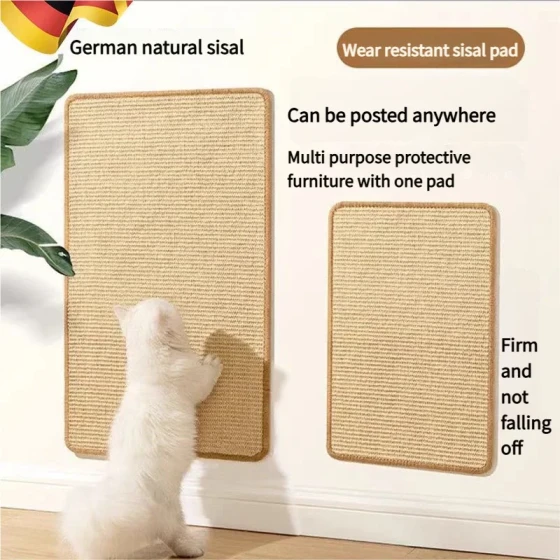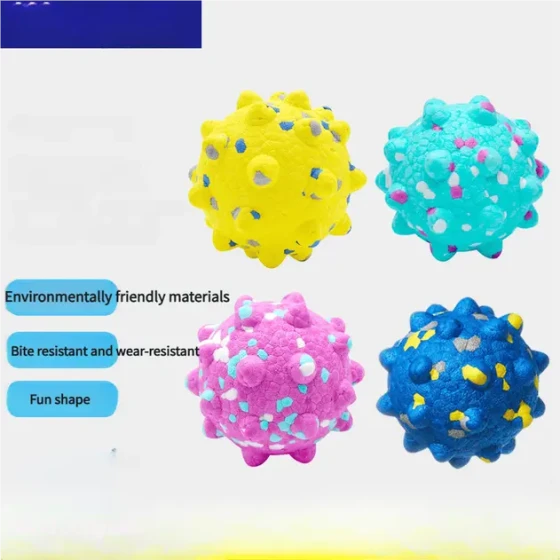Q&A: Those Matters About Cats in Heat

Generally, domestic cats normally begin to go into heat at 7-10 months old. During the heat period, unneutered male cats will exhibit urine spraying behavior everywhere to establish territory, causing a hard-to-remove foul odor in the entire household environment. At the same time, if the heat male cats are not properly supervised, they may sneak out and get into fights with outside cats, ending up severely injured. If not careful, wounds can become infected or lead to other serious diseases.
As for female cats, the problem is even more serious. Female cats are different from female dogs, who only go into heat twice a year; unfertilized female cats often go into heat frequently. Most female cats in heat will howl wildly at midnight, disturbing the sleep of family members and neighbors. Moreover, once female cats go into heat, it is difficult to keep them from sneaking out, which inevitably leads to pregnancy. A cat can give birth to 3-5 kittens per litter, about 3 times a year, often becoming pregnant again before the kittens are fully weaned. If the bred cats are not adopted, it leads to abandonment and increases social problems. Some female cats confined at home, though avoiding pregnancy, often have mood swings during frequent heats, loss of appetite, and inappropriate urination, which annoys the owner as well.
Therefore, I think if domestic cats have no breeding purpose, the best strategy is to have them neutered in time!

-560x560.webp)

